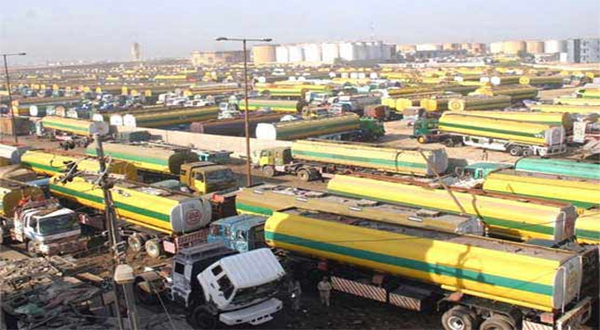SINGAPORE: The rally in oil prices extended into Asian trade Friday, a day after the main US contract broke $40 for the first time this year on the back of a weak dollar and hopes over output talks due next month.
With hopes growing that the world’s biggest crude producers will hammer out some sort of deal to curb output, investors have in recent weeks been piling back into the commodity, which toyed with 13-year lows last month.
Qatar’s energy minister, Mohammed al-Sada, confirmed this week that exporters from within and outside the OPEC cartel will meet April 17 in Doha, stoking hopes of an agreement to ease a global supply glut.
The initiative is backed by 15 countries accounting for about 73 percent of worldwide output, said the minister, who also serves as president of the Organization of the Petroleum Exporting Countries(OPEC).
At around 0350 GMT on Friday, US benchmark West Texas Intermediate (WTI) for delivery in April climbed 11 cents, or 0.3 percent, to $40.31. Brent for May gained two cents, or 0.1 percent, to $41.56.
WTI advanced 4.5 percent Thursday, closing for above $40 for the first time since December 3 while Brent jumped 3.0 percent.
The buying has been given extra fuel by the Federal Reserve, which on Wednesday halved its forecast for US interest rate hikes this year. The statement, citing a global slowdown and market turmoil, sent the dollar plunging, which in turn makes oil cheaper for anyone holding other currencies.
Daniel Ang, an investment analyst at Phillip Futures, told AFP: “We attribute this (price increase) to the decreasing US Dollar Index which seems to be still a result of the Fed’s dovishness.
“On top of this, the bullish momentum from Wednesday continued to linger, giving a strong push for prices.”
However, IG Markets Singapore market strategist Bernard Aw warned that the latest rally would struggle to last.
“The fundamental outlook for oil prices still remains bearish,” he said.
“These developments are short-term in nature and until we see real concrete changes to the fundamentals, we are not going to see the underlying fundamental picture changing.”





